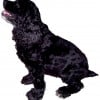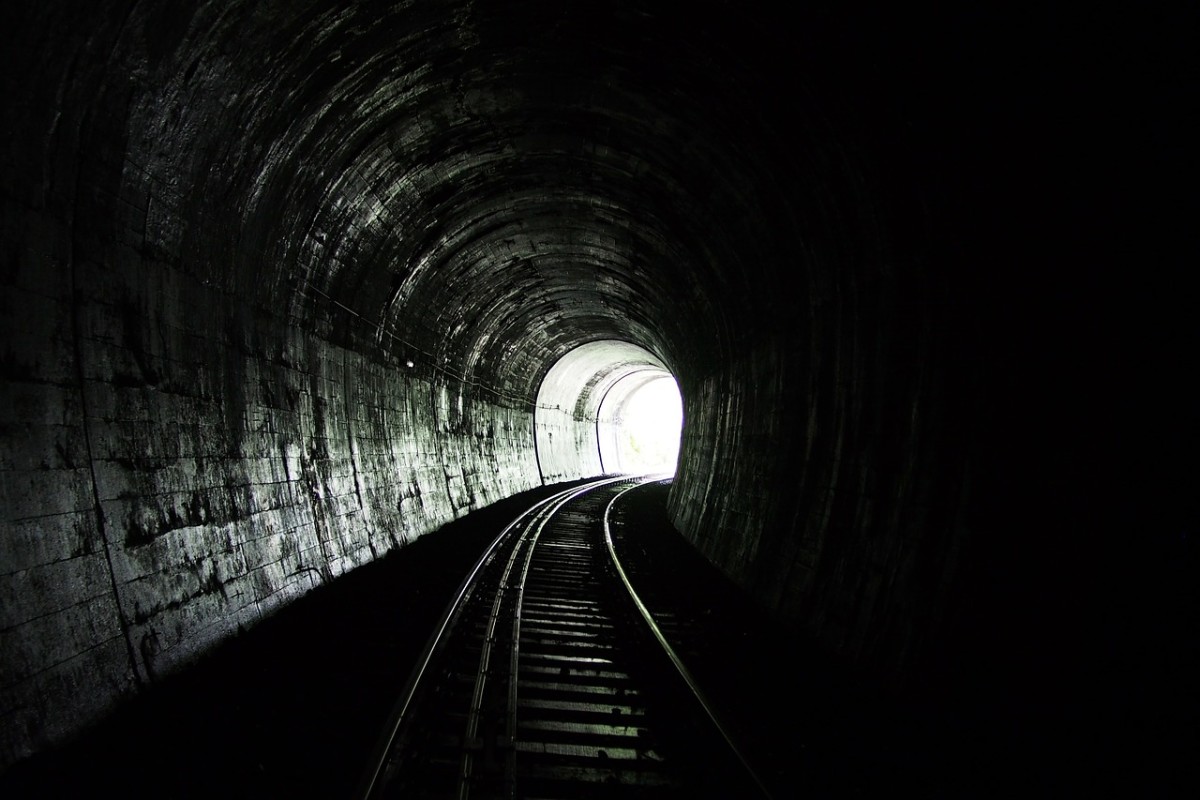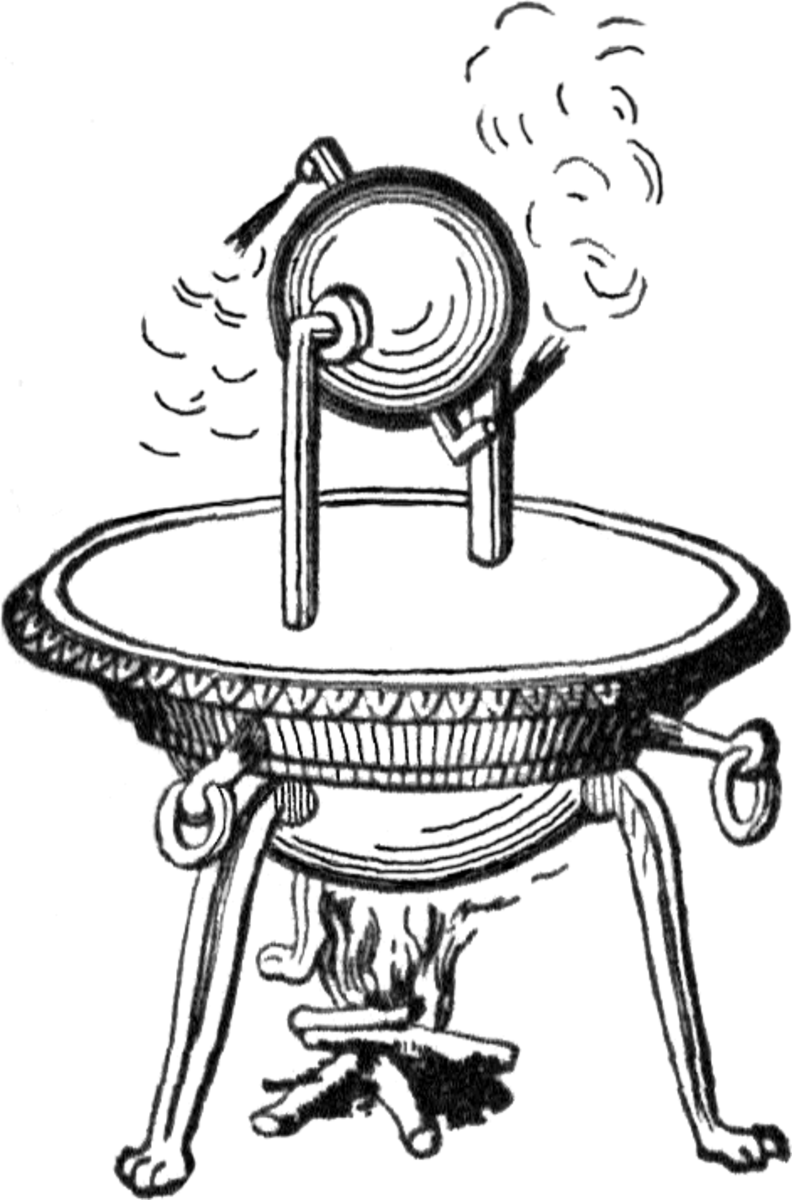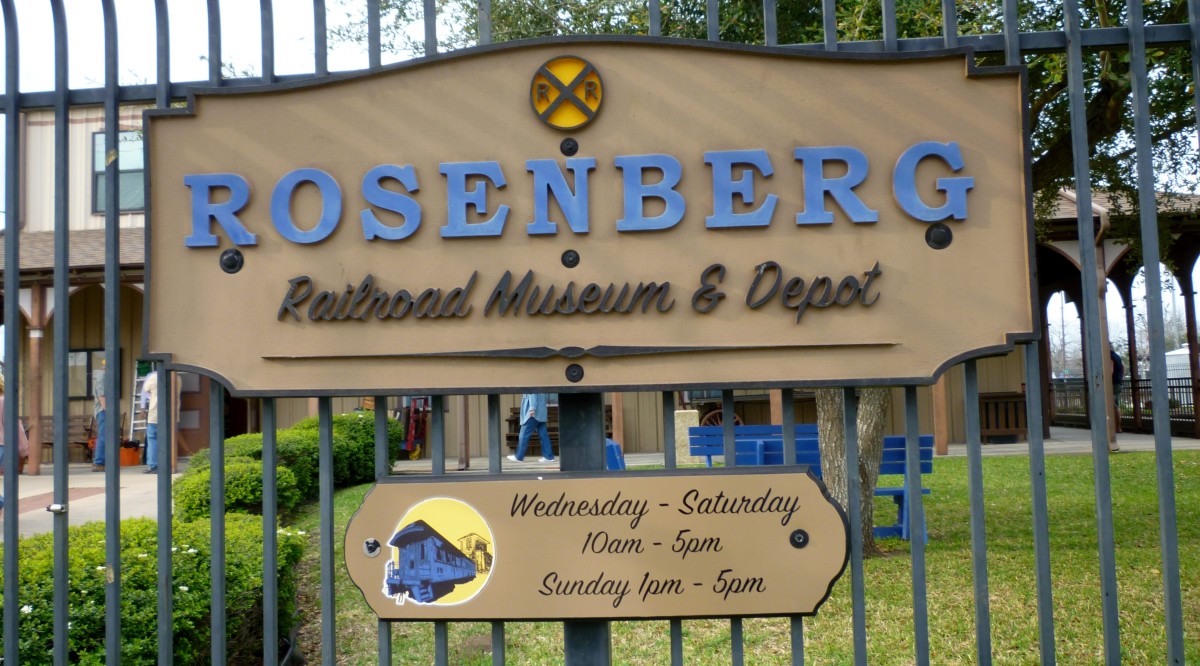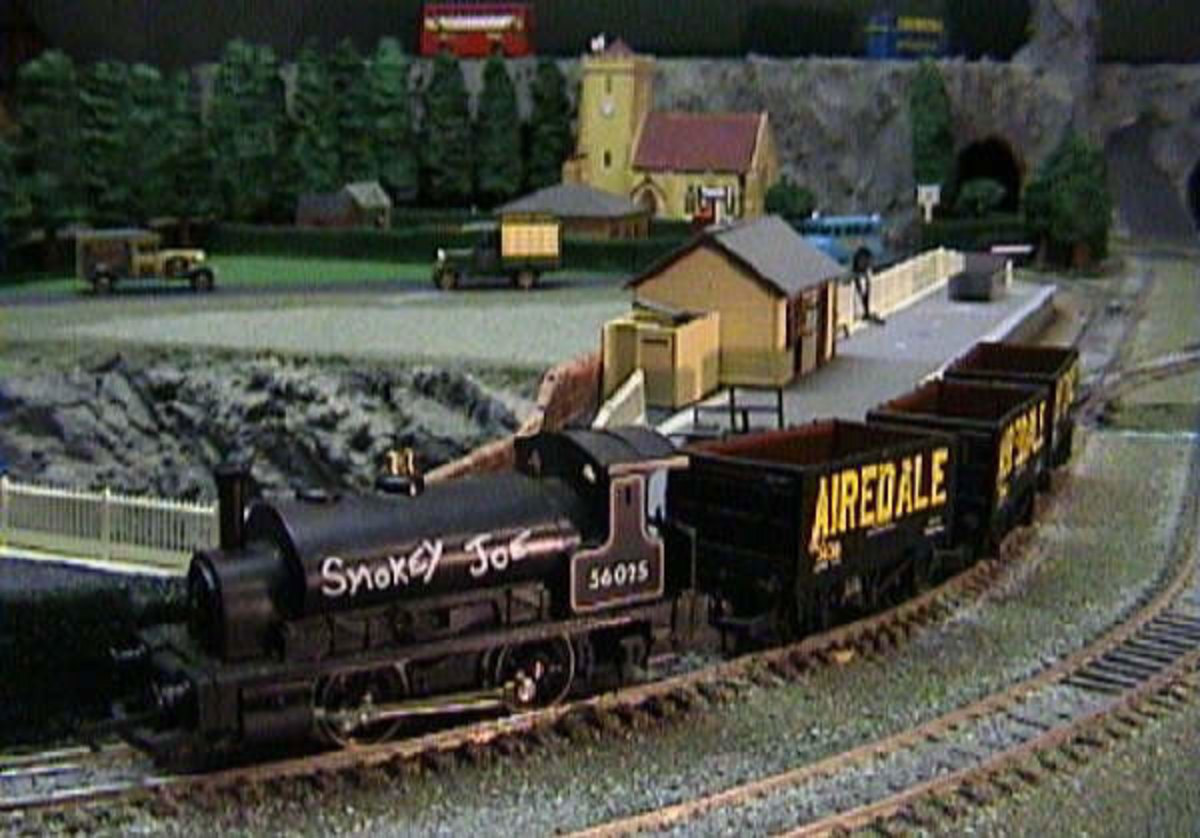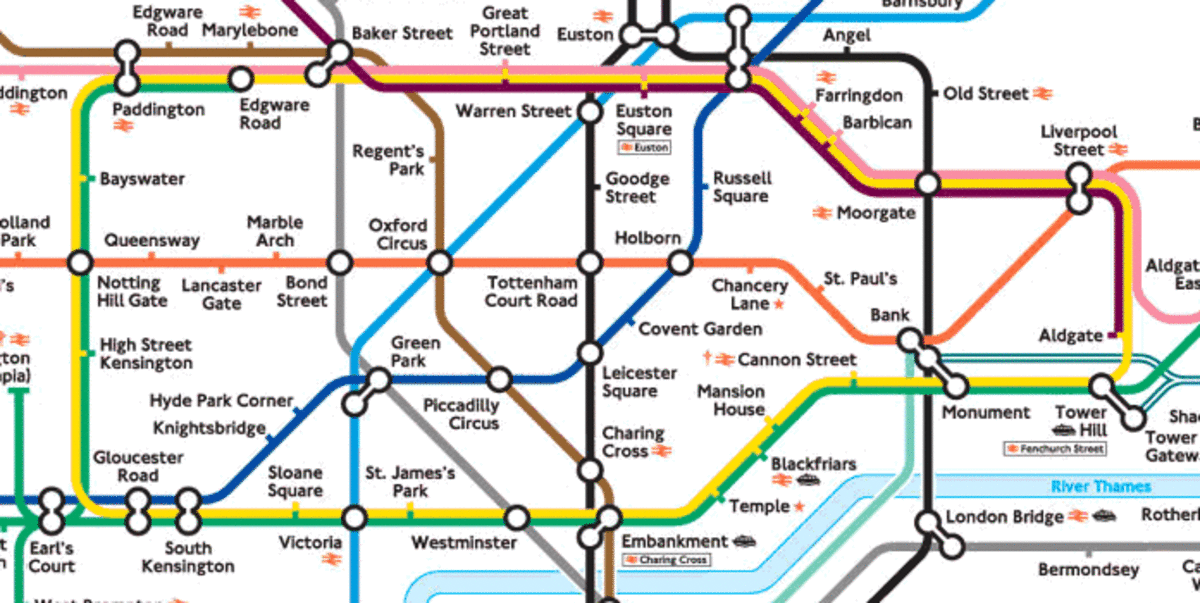Trains: Steam Engines
Steam Engine
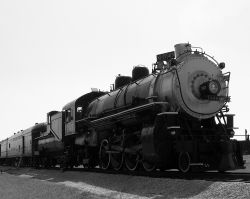
Trains: Steam Engines
It was not that many years ago, since can still recall actually seeing steam engines, that trains were pulled by locomotives that used steam.
In the early fifties I lived close to many railroad tracks, where trains serviced the warehouses that lined the Mississippi River in New Orleans. I remember seeing the black smoke rising, and remember running to the sidewalk in front of the house to watch the train that was making the smoke pass by. In those days, seeing a train not pulled by a steam engine was the rare sight.
While early steam engines burned wood, the ones I watched burned coal, which was carried in the tender directly behind the engine.
Intro Image: Black Spaniel Gallery has taken, and fully owns, this image. We have the right to use it. No link can be provided.
Water Tower
I was fortunate enough to live within walking distance of the tracks, and the trains often stopped to take on water. A water tower happened to be located near my home. It was a large tank with a long pipe that normally was upright, but when a train stopped alongside it, and the engine was properly positioned, a rope would be pulled causing the pipe to lower to a horizontal position. In the horizontal position water flowed freely.
Round House
Steam engines could move in reverse a short distance, but they were designed to travel in the forward direction. So, there was a need to reverse the engines. To accomplish this the railroad had a round building located near the tracks, with side tracks leading to it. Inside the building the engine would rest on a short piece of track which would be turned. The engine would exit the building moving in the opposite direction.
Occasionally, if I was fortunate to have good timing, I could see inside as an engine entered or exited the round house. And, it was easy to find engines waiting to be turned in the round house. They would be parked in a yard adjacent to the building.
The Flywheels
I occasionally watched stopped trains take on water, and could get close to them. The large wheels had huge pieces of metal placed on one side, so as to make one side heavier than the other. An arm connected the wheels to the steam engine, so the steam could push the arm horizontally. As the arm moved the wheel would turn. They, when the weight reached the top, the wheel would continue to rotate due to gravity, bring the arm into position to again push the wheel.
Railroad Enthusiasts
We have also made Zazzle products with Railroad Enthusiast inscribed upon them. We list these under our club items.
The Last Louisiana Made Steam Engine
Today, the last operating steam engine constructed in Louisiana still can be occasionally seen. It comes out for special occasions, like Steam Fest, a weekend during which it parks in Audubon Park on a siding, and is opened to the public. The images we use on Zazzle or of this particular engine. We have captured its image in lack and white, and in color.
